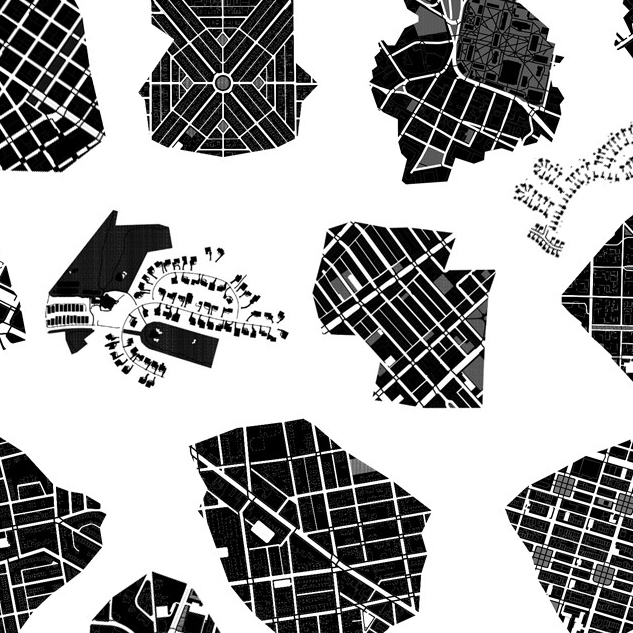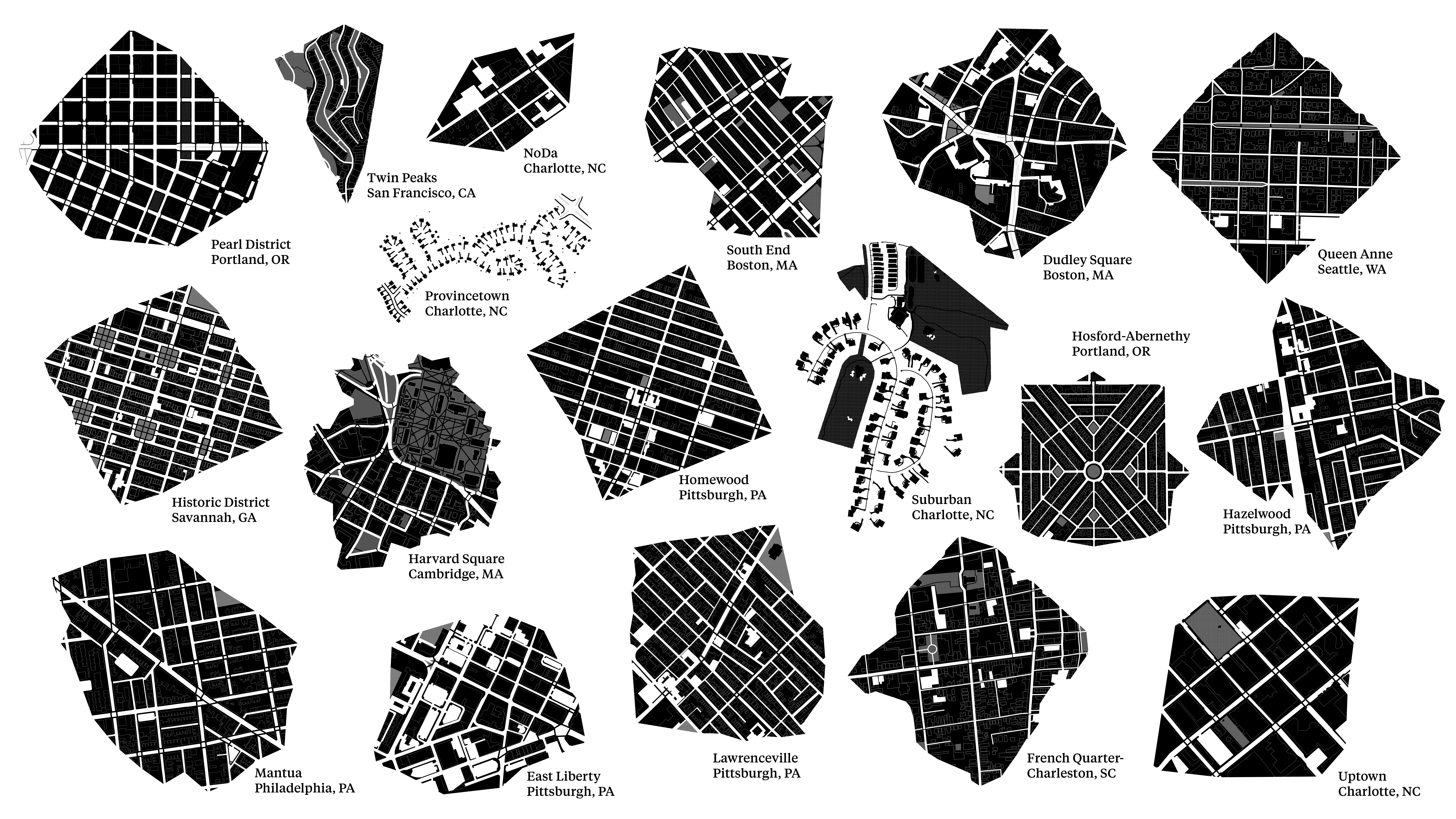American City Metrics, an interactive web atlas of place at the scale of a 5-minute walk

2017
The American City Metrics project began in 2017 a continuously evolving web atlas and system of metrics that uses open, commercial, informal, and emerging Internet of Things data sources to evaluate local places across time and location, assess urban form, and improve future development patterns.
Supernormal builds tools to maintain agency in the design process and to accommodate our value system, which includes a focus on flexibility, replicability, and sensitivity to local cultural contexts. We recognize a clear need to take better advantage of growing urban data resources to create improved mechanisms for assessing not only walkability or physical development patterns, but also the life that these factors enable as places evolve and change over time. The atlas evaluates places based upon a set of design, real estate, and performance criteria. It combines map and chart-based data visualizations at the scale of a five-minute walkshed—the distance a person walks without a special destination in mind, which approximates the scale of human experience and local urban identity.
Analysis of five-minute walkability conditions based upon pedestrian access and public space (black/gray) and primary vehicular use (white). Walksheds with more white space are less hospitable to pedestrians.
The walkshed is automatically calculated around any given geographic coordinate. Within a walkshed around a given point, we automate access to local data across a set of indicators to translate our urban value system into the American Cities index.
The end goal is a highly accessible web-based tool for finer-grained quantitative knowledge about the physical characteristics and qualitative performance or experience of a place. Showing change over the time spectrum of an average day, as well as trend-based analysis over months and years, is a priority.
Beginning with livability, access, and social opportunity as first principles, we look at qualities such resilience and community engagement. From these broad and generally qualitative values, we have established a set of urban criteria by which to translate high level values into urban space. For example, social access to "third places" is one good way to evaluate opportunities for community engagement.
Social opportunity analysis is one indicator that demonstrates how a place is performing over time in comparison to other places. Along with metrics such as number of intersections per acre, a measure of third places (social places that are neither home nor work) based upon hours of operation in a 12-minute walkshed (left) and 5-minute walkshed (right) tells us something about the levels of social access in a given location. Largely residential areas with compact mixed-use “main streets” (like neighborhood C) perform differently than areas proximate to a 9-to-5 financial district with a lower overall percentage of residential uses (like Neighborhood A). The difference between the 5- and 12-minute walkshed demonstrates the importance of scale in the analysis of neighborhood identity.
Elizabeth Christoforetti and Will Cohen

